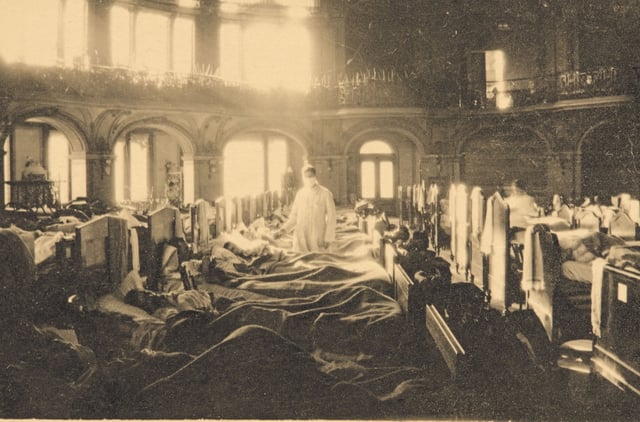Overview
- Published in BMC Biology in July 2025, the study delivers the first Swiss reconstruction of the 1918–1920 H1N1 influenza genome
- The century-old sample came from a formalin-fixed lung specimen of an 18-year-old Zurich patient who died during the pandemic’s first wave in July 1918
- Comparative analysis with German and North American genomes identified two mutations that enhanced resistance to human antiviral defenses and a third that boosted viral receptor binding
- Researchers led by Christian Urban developed a new technique to extract and authenticate highly degraded RNA fragments from formalin-fixed specimens
- The findings underscore the untapped value of medical collections for reconstructing historical pathogen genomes and refining future pandemic models
